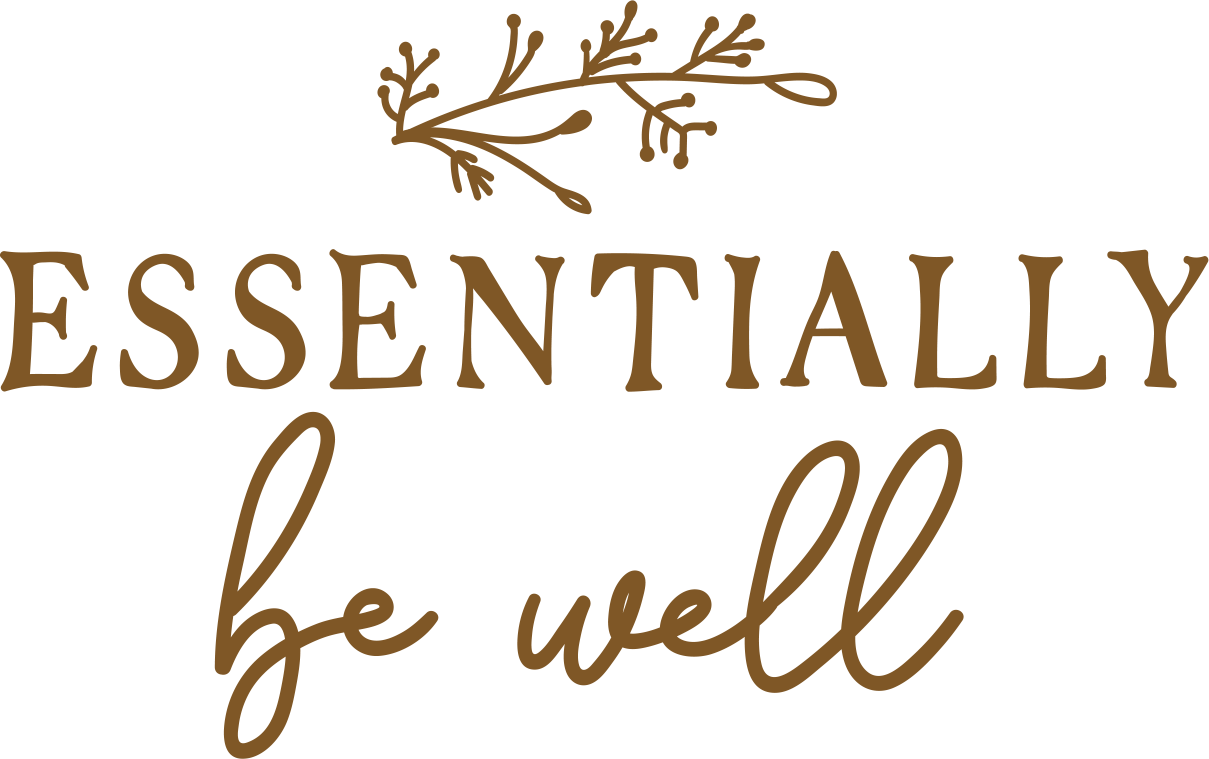PLANT BASED LIVING
ditch and switch
the more you know
Did you know?! The average woman applies over 300 chemicals to her skin everyday. Through various personal care and hygiene products, laundry, cosmetics and various fragrances, our bodies and homes are polluted! The things we absorb through our skin and respiratory tract go directly to our bloodstream. Many of the chemicals in various products are carcinogens, reproductive toxins or endocrine disruptors, allergens, sensitizers, and irritants. These things accumulate in our bodies and have even been found in tumors, breast milk, and newborn cord blood.
what to look out for
parabens
WHAT ARE THEY?
Parabens are chemical compounds mainly used in products as an effective preservative. However, as effective as they might for preserving cosmetics and hygiene products, they are estrogen mimickers that can bind to the cellular structure and have been identified in numerous cancerous tumors, especially breast tumors. Parabens have been banned in the European Union due to safety, and in Scandinavian countries in products for children. You CAN find products without parabens. Choose those:)
HOW TO FIND THEM?
Listed as the suffix “paraben”, for example, methylparaben.
phthalates
WHAT ARE THEY?
Phthalates are used in personal care products to keep things soft, flexible, and to add fragrance. It is one of many reasons that artificial fragrances should be avoided! Researchers have linked phthalates to asthma, attention-deficit hyperactivity disorder, breast cancer, obesity and type II diabetes, low IQ, neurodevelopmental issues, behavioral issues, autism spectrum disorders, altered reproductive development and male fertility issues. Many countries have banned phthalates (The EU, Canada, Japan, South Korea and China) due to health concerns. Phthalates are a little trickier to avoid, because they are everywhere. Control what you can!
HOW TO FIND THEM?
Most commonly listed as fragrance or parfum. Why it is SO important to avoid artificial fragrances! Also - anything in a package that “smells like chemicals” is likely filled with phthalates. Look for “no artificial fragrance” at a minimum, but preferentially the product should state where the fragrance comes from (for example, “vanilla bean”).
artificial colors
WHAT ARE THEY?
Artificial colors are made from petroleum. Yep - seriously. The kind in your shampoo AND the kind in your food, but that’s another class;) How to identify them in your products: petrolatum, PEG, paraffin, mineral oil, DEA, toluene. Why avoid petroleum products for you skin? They are considered carcinogenic, and are also thought to be endocrine disruptors as well. Stay calm - keep reading:)
HOW TO FIND THEM?
Listed as “Blue #1, Yellow #6” and similar. Look for “no artificial colors” as a preference. Many things can be colored naturally with fruit or vegetable dye. These types of dyes (for example, beet powder to make something pink/red) are not a cause for concern.
endocrine disruptors
WHAT ARE THEY?
Endocrine diruptors (triclosan, parabens, BPA) are chemicals that alter our normal hormone function. This happens with products you use on your skin, plastic toys in your child’s bath, and touching receipts from most major department stores. Hard stuff to avoid! So, let’s get out as much as we can. Major concerns - cancer of various types, thyroid dysfunction, obesity, and early puberty for children, particularly girls. Stuff you don’t want! For more info: https://www.niehs.nih.gov/…/ma…/endocrine_disruptors_508.pdf
HOW TO FIND THEM?
Read your labels carefully! Avoid parabens, BPA, triclosan and chlorhexidine in your products. Avoid plastics as much as possible. We know this is hard!
there is a better and safer choice for your family.
Feel like it's hard to find truly safe products for your family, without a degree in chemistry? We get it. It shouldn't have to be so hard! Rest assured that Young Living products never have ANY of the ingredients above. You will never need to worry about parabens, phthalates from artificial fragrance, petroleum based products, or endocrine disrupting chemicals.
learn how to go plant based for your
resources
The Environmental Working Group has a searchable database with personal care and household products with ingredient toxicity information. Additionally, you can search by individual ingredients, if your particular product isn't listed.
Mobile apps - both EWG and Think Dirty have apps for on the go help with detoxing your home and personal care products!










